Sales Philosophy & Process
This section provides a comprehensive overview that connects our driving belief to the sales process, including how we build meaningful relationships and the key steps in that process. Our driving belief is Performance Through People, you will hear this time and time again. The most important thing to us is that you are your authentic self as this is essential to building genuine, lasting relationships that will align with your values and allow you to confidently share what matters most to you. Ultimately, the focus is on mastering the fundamentals to ensuring you are comfortable to incorporate your own personal touch.
Quick Links
OUR SALES PHILOSOPHY & PROCESS
Your 'Big Why'?, Building Impactful Relationships, & Winning New Business
An introduction to our guiding philosophy and 'Big Picture' sales process.
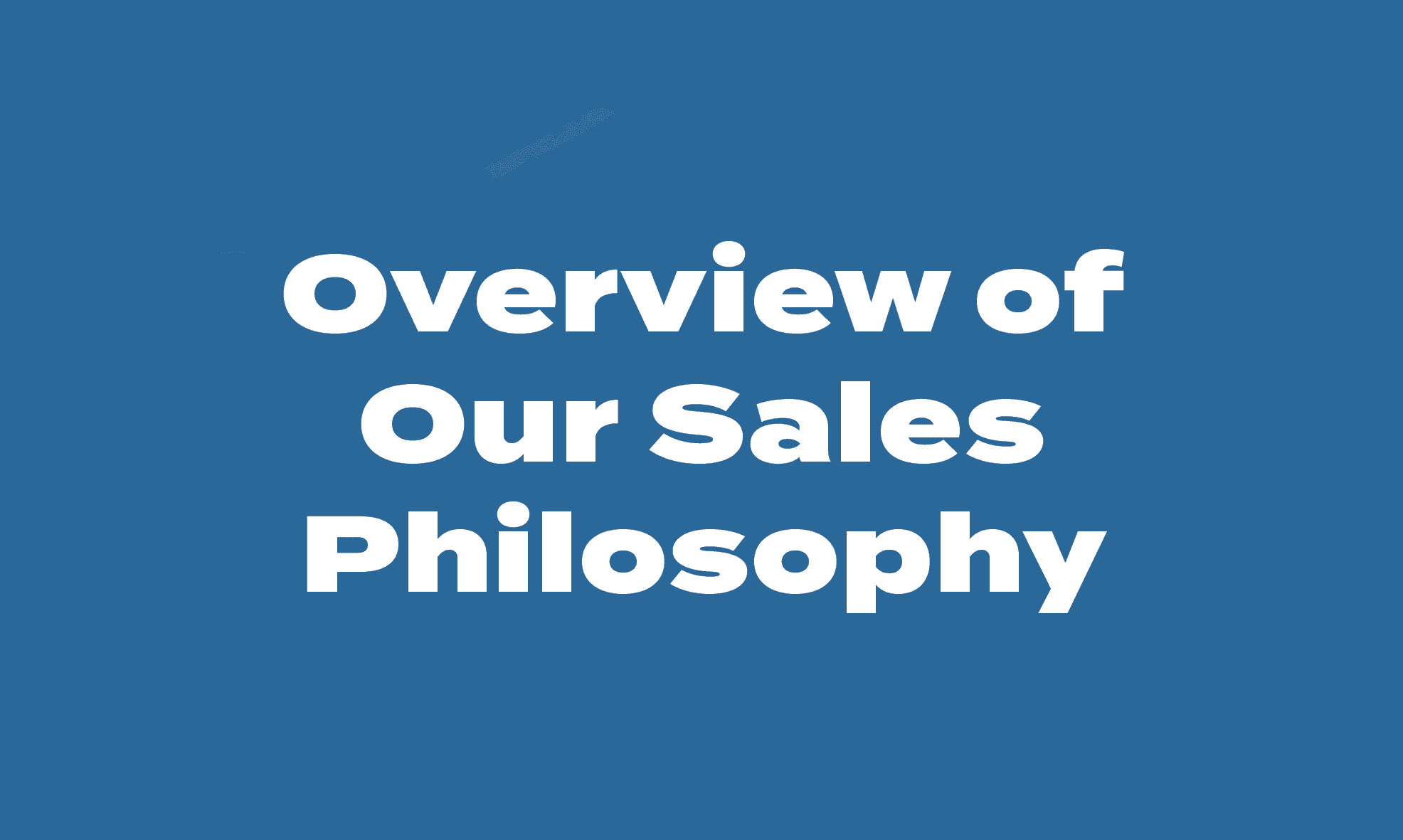
OUR SALES FOUNDATIONS
Connection
Connection is all about building rapport, establishing trust, and creating a warm, professional first impression.
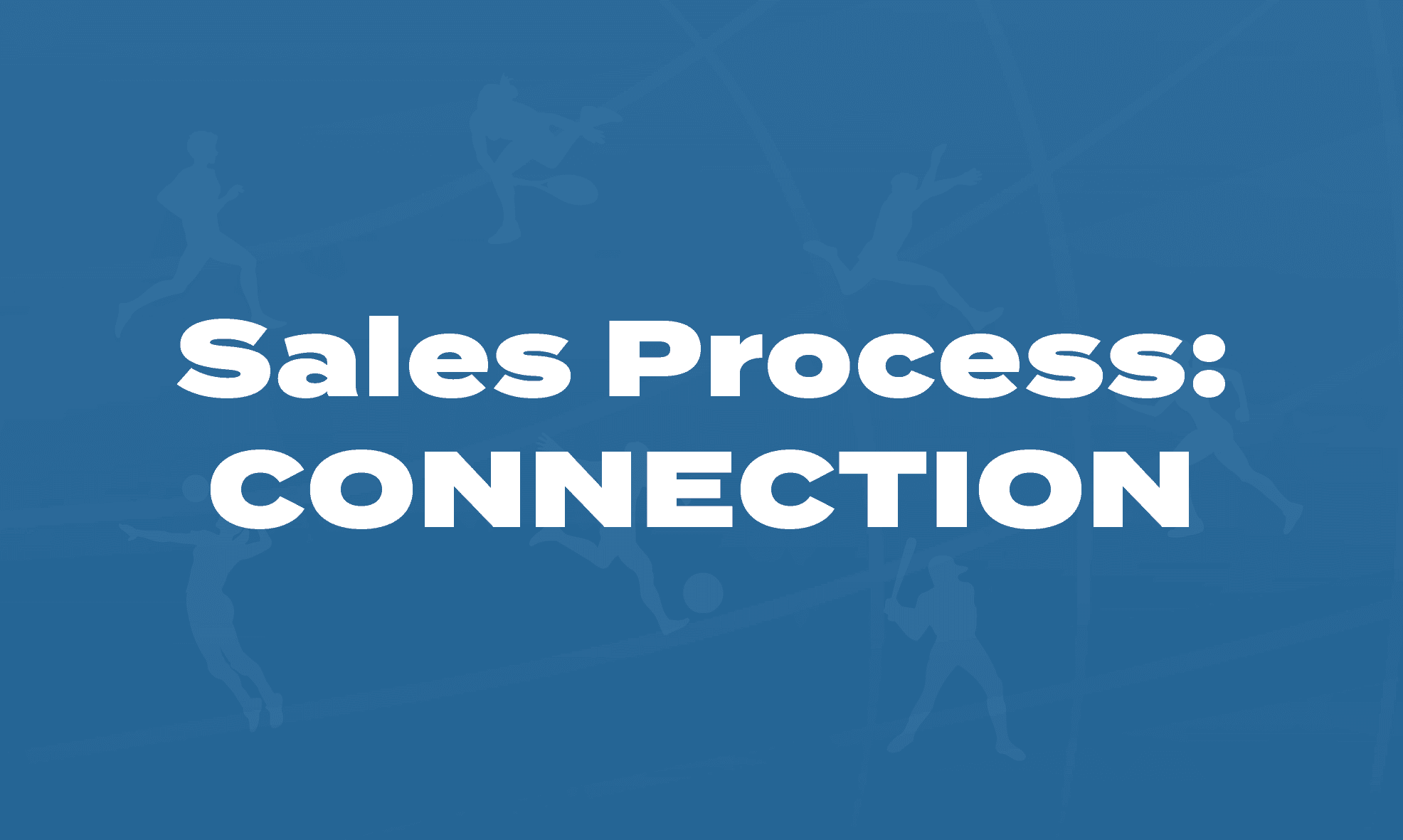
Initiating & Investing in the Client Relationship
How to Introduce Yourself & Athlete Assessments
Watch the video below to learn how to introduce yourself and Athlete Assessments. Then it’s over to you to start practicing!
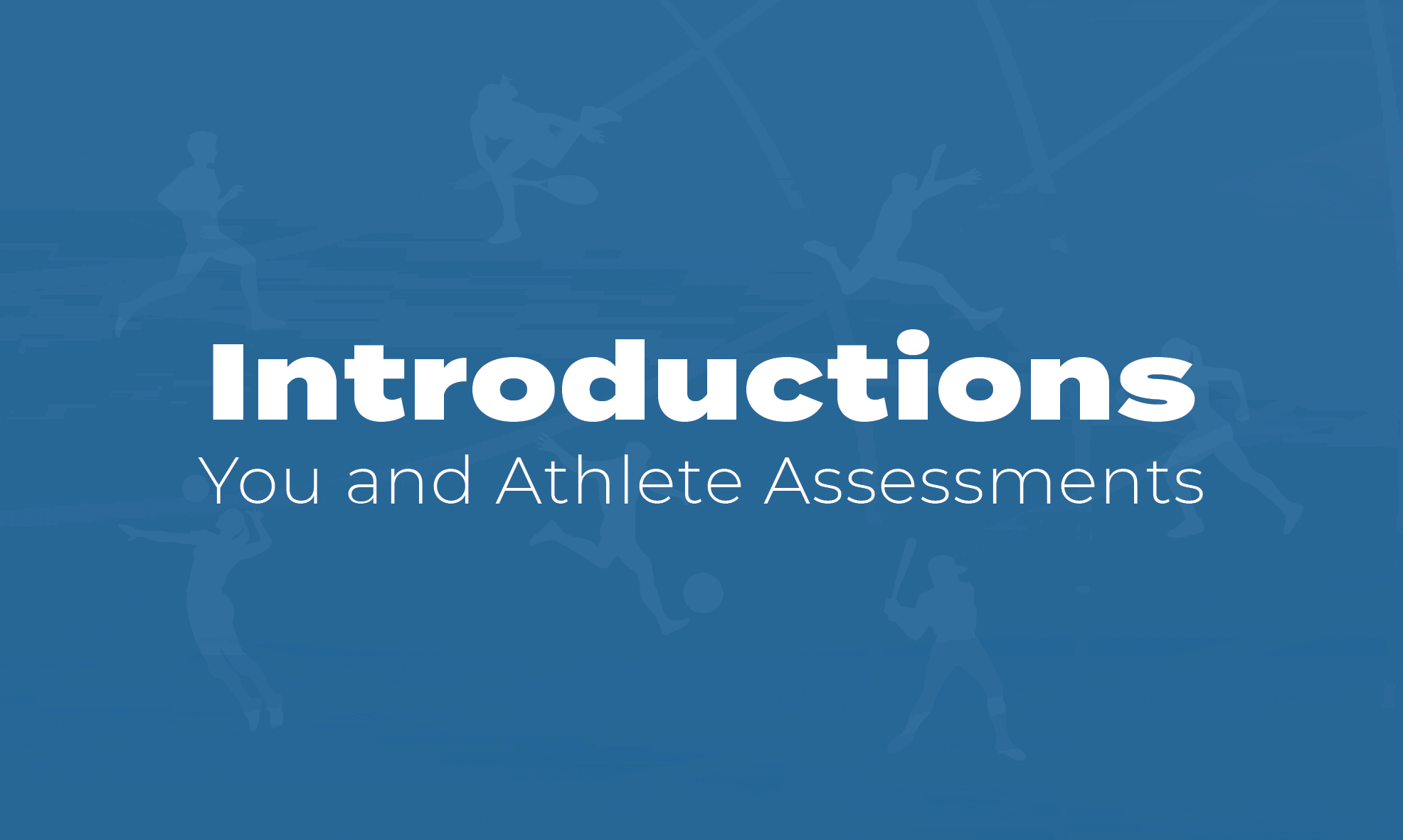
Lead Opportunities & Introduction
Where do lead introductions come from?
New lead opportunities for Athlete Assessments come from a variety of sources, most commmon include:
- An introduction made during or following conferences or professional events, or existing leads within the business, where someone connects you with a potential client.
- Leads are generated through direct enquiries submitted via our website, which we follow up on promptly.
- Existing relationships within your own professional network, it’s important to stay connected and engaged within the industry.
Find a point of connection
Do your research beforehand – know the person, organization, and any existing relationship with Athlete Assessments. Also look for how you are already associated with them, it is a small world in sport. Alternatively, make reference to the introduction / how you are meeting.
Be friendly, confident, and authentic in your approach.
Building Rapport
The most important aspect of building rapport is taking the time to form a genuine and meaningful connection before moving on to the discovery stage. Don’t rush this process—investing in a strong foundation early on will pay off throughout each step that follows. When you build trust from the outset, clients are more likely to open up and share key information that will help you better understand their situation, needs, and goals. This deeper understanding allows you to align your interests with theirs and ultimately offer a solution that’s well-suited to their needs.
When meeting a potential client for the first time, focus on creating a human connection. Make space for the client to connect with you as a person. This is especially important in a Business Development role, where the goal is not to come across as a typical salesperson. What matters most is that you feel comfortable being your authentic self. We believe you can succeed in this space by being genuine while also reinforcing our shared values and beliefs.
During your conversations, put all your attention on the other person. Focus on listening, finding points of connection, and building common ground. Use your understanding of DISC to your advantage. You’ll begin to see how it applies in real-world interactions and how it can support your ability to adapt and connect effectively, and remember:
- Maintain eye contact
- Be expressive and engaged
- Gauge their openness
- Adjust and adapt your approach accordingly
Discovery
Take the time to deeply understand the client’s goals, challenges, and values; gathering the insights needed to truly meet their needs.
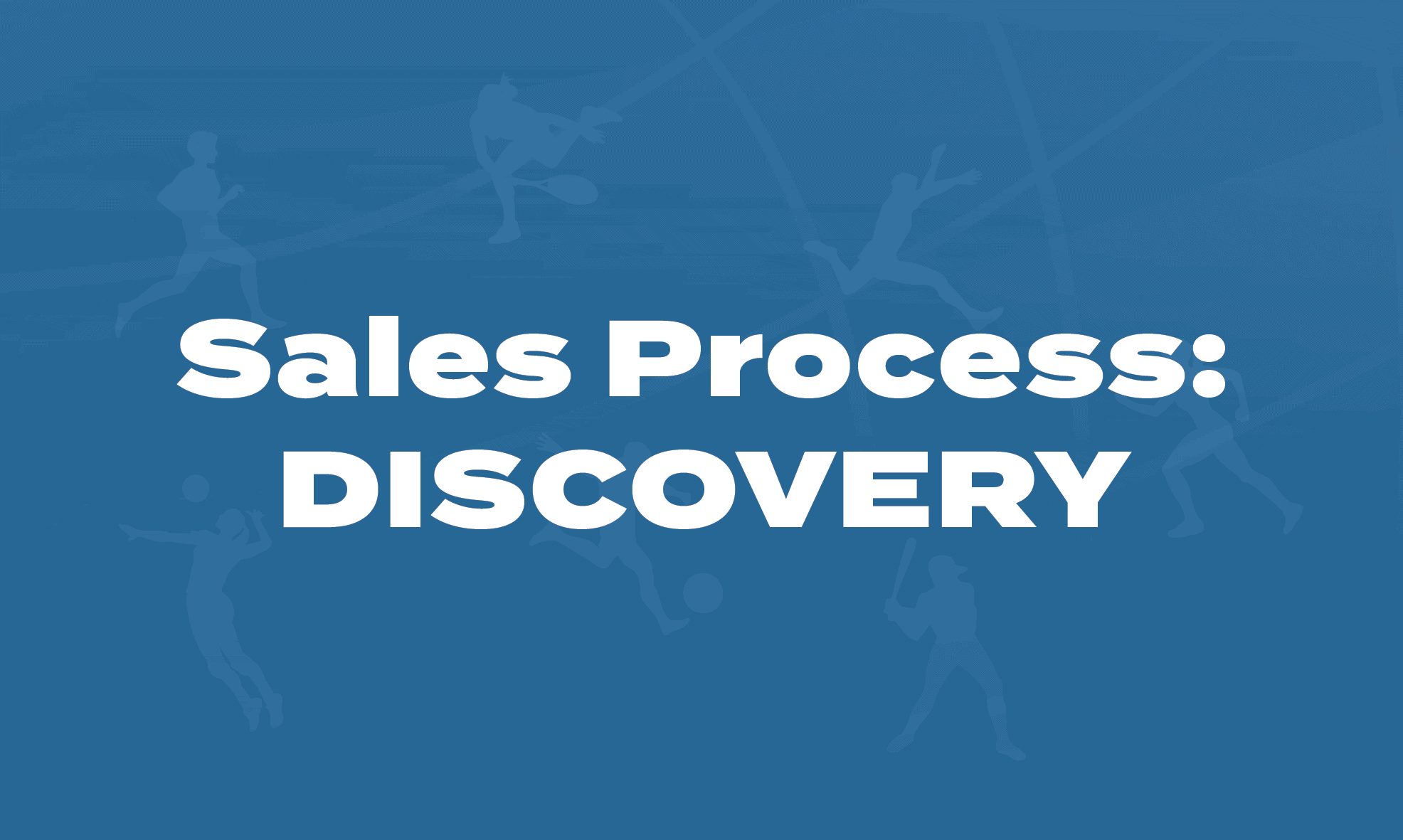
Discovering More about the Client
Listen, ask more Questions
Listen to what they say, ask follow up questions, or simply ask them to tell you more about something.
This approach shows genuine interest and encourages the other person to open up further, which helps you gain a deeper understanding of their situation. Don’t be afraid to pause and let them elaborate, people often reveal the most valuable insights when given the space to reflect and speak freely.
Active listening is not just about hearing words, but about picking up on what’s important to them, what they’re motivated by, and what challenges they’re facing. Follow-up questions like “What does that mean for you?” or “Can you give me an example?” demonstrate your curiosity and commitment to understanding their world.
The goal is not to jump to conclusions or rush to present a solution, but to fully understand their perspective—because the better your understanding, the more relevant and impactful your response can be.
Mutual Value / Value Alignment
At this stage, it’s important to start identifying areas of mutual value and alignment. As you listen and learn more about the client, begin to consider where their goals, challenges, and values intersect with what we offer.
This isn’t about pushing a product or service yet, it’s about discovering whether there’s a genuine fit between what they need and our philosophical approach. When values align, trust builds naturally, and conversations become more collaborative rather than transactional. By focusing on mutual value, you create the foundation for a long-term relationship where both parties are invested in a successful outcome.
The goal is to reach a place where it feels like you’re working together toward something meaningful that will create a genuine impact, not just closing a sale.
Identify Key Client Needs
As you build rapport and gather insights, your focus should shift toward identifying the client’s key needs. This involves reading between the lines and not just listening to the words that they say.
What challenges are they hinting at?
What outcomes are they truly seeking?
Be curious and intentional with your questions, aiming to uncover both the practical requirements and the deeper motivations driving their decisions. Understanding their needs in a detailed and nuanced way allows you to move beyond surface-level conversations and begin crafting a solution that’s genuinely aligned with their priorities.
The more clarity you have around what matters most to them, the better positioned you are to deliver value that feels personalized and relevant.
Tip: This part is also important so that if you are unsure of the right solution for the client, you have gathered as much background as possible to then share with others in Athlete Assessments for guidance before presenting something back to the client. We are all here to support you!
Clarity over who the decision maker is
Gaining clarity on who the decision maker is and understanding the process they use to make decisions, is a crucial part of progressing the conversation effectively. While it may not always be obvious, asking thoughtful questions can help you uncover who holds influence and what steps are involved in reaching a final decision.
This might include identifying other stakeholders, understanding internal timelines, or learning about any formal approval processes. The goal here is not to apply pressure, but to ensure you’re aligned with how they operate. Knowing this upfront allows you to tailor your approach, manage expectations, and support them through their internal process with clarity and respect.
Tip: It can be helpful to share that our team is well acquainted with working with lots of different internal processes from universities, to professional sporting organizations, public sector, etc., so we are happy to comply and work with them on any requirements they have.
Providing a Solution
Present a tailored solution that aligns with what the client wants to achieve; showing how we can support their success in a way that matters to them.
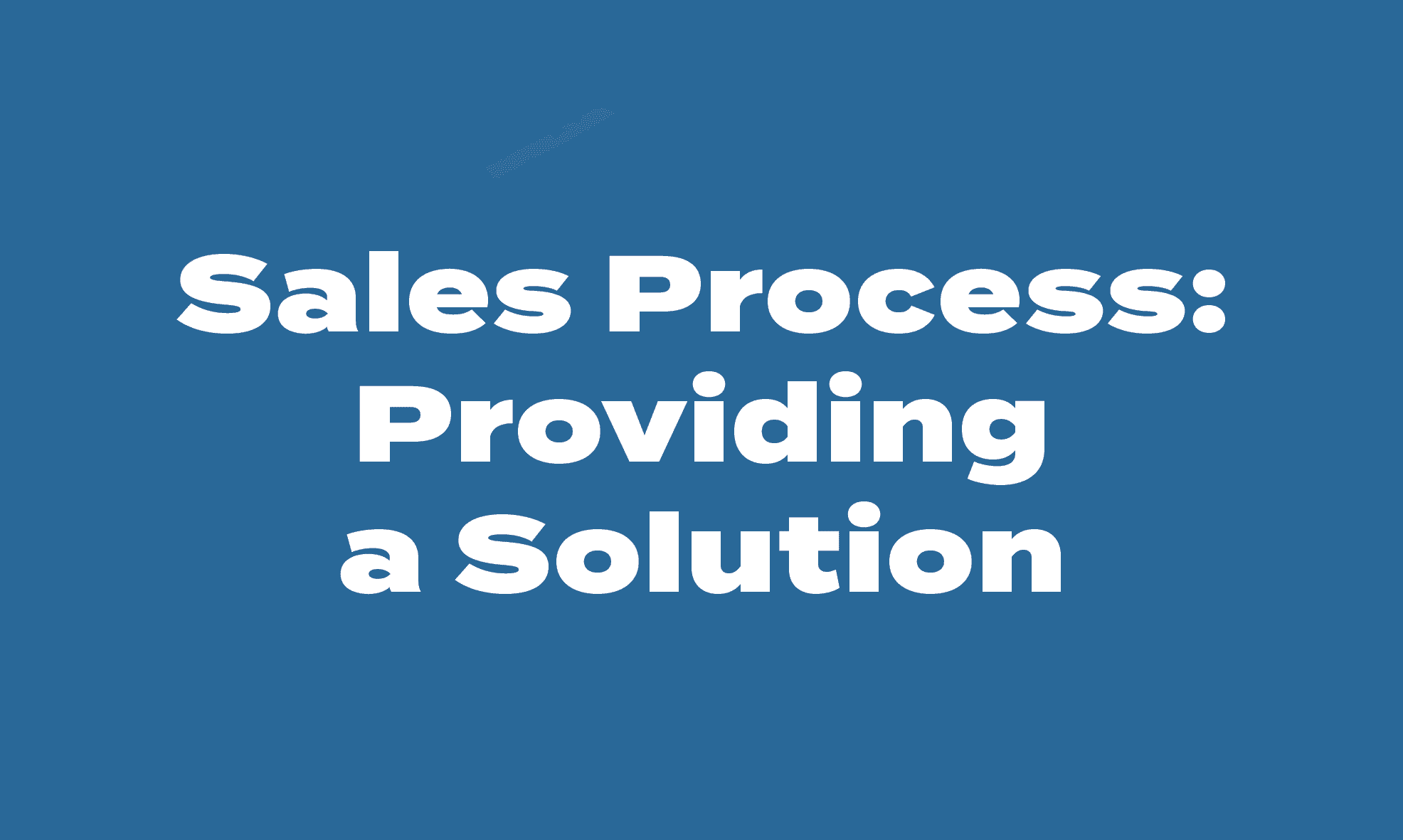
Solving Problems & Creating Proposals
Solving problems for our clients
Once you have built a strong connection and clearly understand the client’s needs, the next step is to provide a solution that genuinely helps them achieve what they want to achieve. This is where your insight and understanding become most valuable—it’s not just about offering a product or service, but about demonstrating how it specifically addresses their goals or challenges.
Frame your solution in their language, linking it directly to what they’ve shared with you. When clients feel seen, heard, and understood, they’re far more open to the solutions you propose.
Keep the focus on them:
- How can you support their success?
- What’s the most meaningful and effective way to help them get where they want to go?
A well-aligned solution not only solves the immediate problem but builds confidence in the relationship and opens the door to long-term partnership.
Creating a proposal and ensuring client needs are being met
When you’re ready to provide a proposal lean on the experience and support of others in the team to help you shape a solution that best meets the client’s needs. Remember this isn’t something you need to do alone; we are here to support you.
Use the insights you’ve gathered through your conversations to guide the proposal, ensuring it reflects what the client has shared, including their goals, challenges, priorities, and desired outcomes. A strong proposal feels personalized and thoughtful, not generic.
Don’t be afraid to ask questions, collaborate, and take the opportunity to learn how others on the team approach similar situations. You’re still learning how to pull all of this together and we are all happy to help you on your journey.
When presenting the proposal, make space for feedback. Check in with the client to confirm that you have understood everything correctly and that the proposed solution truly resonates with them.
The goal is to work with the client, not just for them, creating something that feels valuable, aligned, and well-supported.
Close = Win Client
Guide the conversation with clarity and confidence; agreeing on next steps and ensuring the client feels supported and ready to move forward.
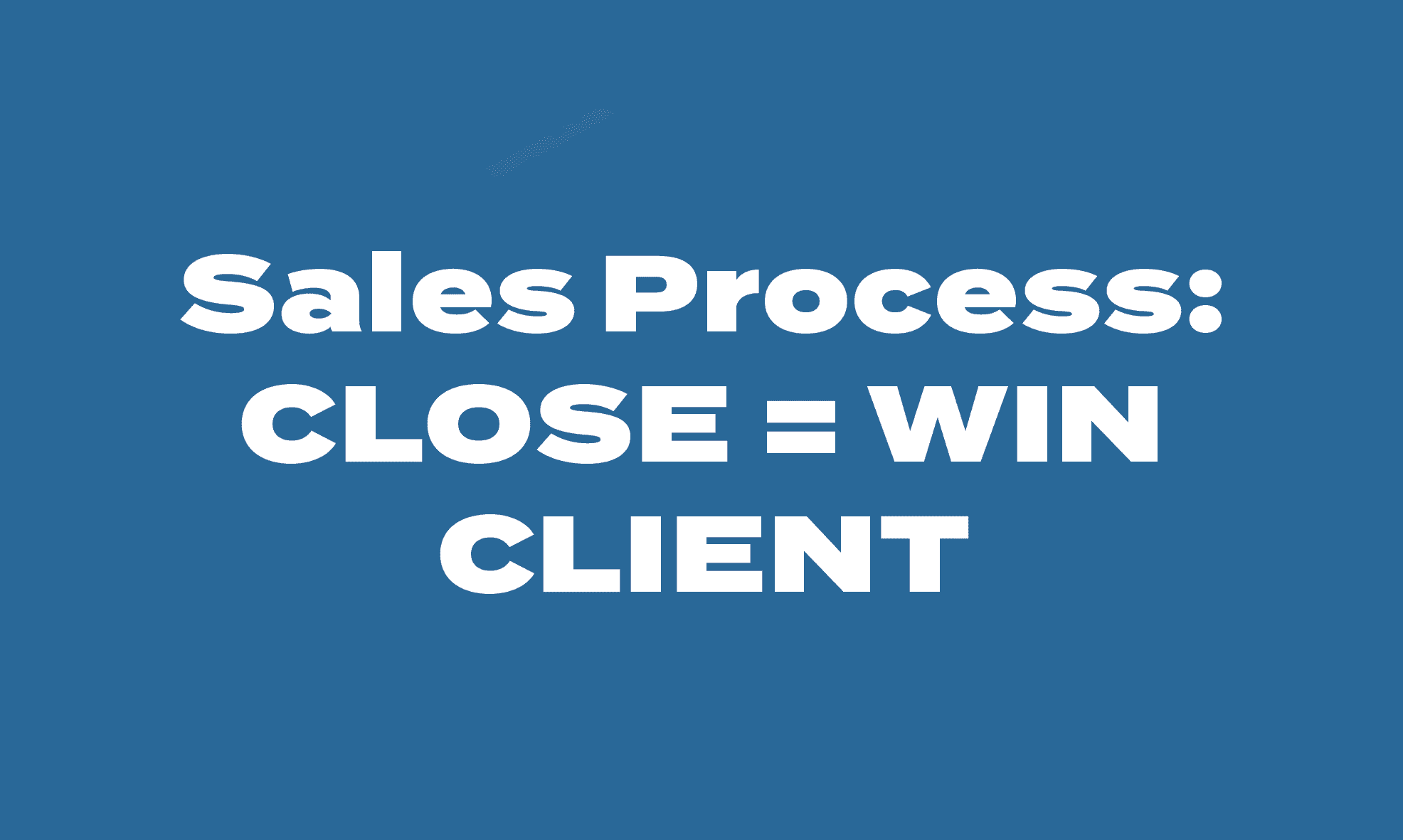
How to Close & Win
Next Steps
Closing is about guiding the client confidently from the proposal stage to a clear decision.
Start by outlining the next steps; make it simple, specific, and easy for the client to say yes. This could include confirming details, arranging internal approvals, setting a start date, or anything else required to move forward. Be proactive in leading this part of the conversation, while still remaining collaborative and client focused.
Keep the momentum going by checking in regularly and offering support, especially if multiple stakeholders are involved in the decision. It’s not about pushing for a ‘yes’ at all costs, but about helping the client feel confident and ready to take the next step.
If there are hesitations, explore them together with curiosity rather than pressure. The aim is to make the transition from proposal to close feel like a natural progression—one built on clarity, alignment, and mutual enthusiasm for what’s ahead.
Dealing with Objections
See all Objections as an opportunity to learn. By this stage you’ve built that connection and trust with the client, and they know that you are genuinely trying to provide a solution and help them achieve their goals. So, if the answer is no, it isn’t personal and that there will be a reason behind it. Finding out as much information about a no or rejection is more valuable in the long term and can help you enhance your approach in the future.
Why did they say no? Discovering this provides you with the ability to turn a no or a not yet into a yes down the line as you will understand them better.
Importantly:
- You can’t always win and won’t always win.
- Take the long-term view, it is not always a no but a not yet.
- You want to know how you got to this point?
- Gather feedback on how you got to this point.
- It is also really valuable to our organization to understand when we’re not winning.
Download Sales Philosophy & Process Worksheet
Use this as a guide for preparing fo meetings and working through the sales process. Add your own notes, ideas, and questions as you get more familiar with the process.
Communications Etiquette & Dress Code
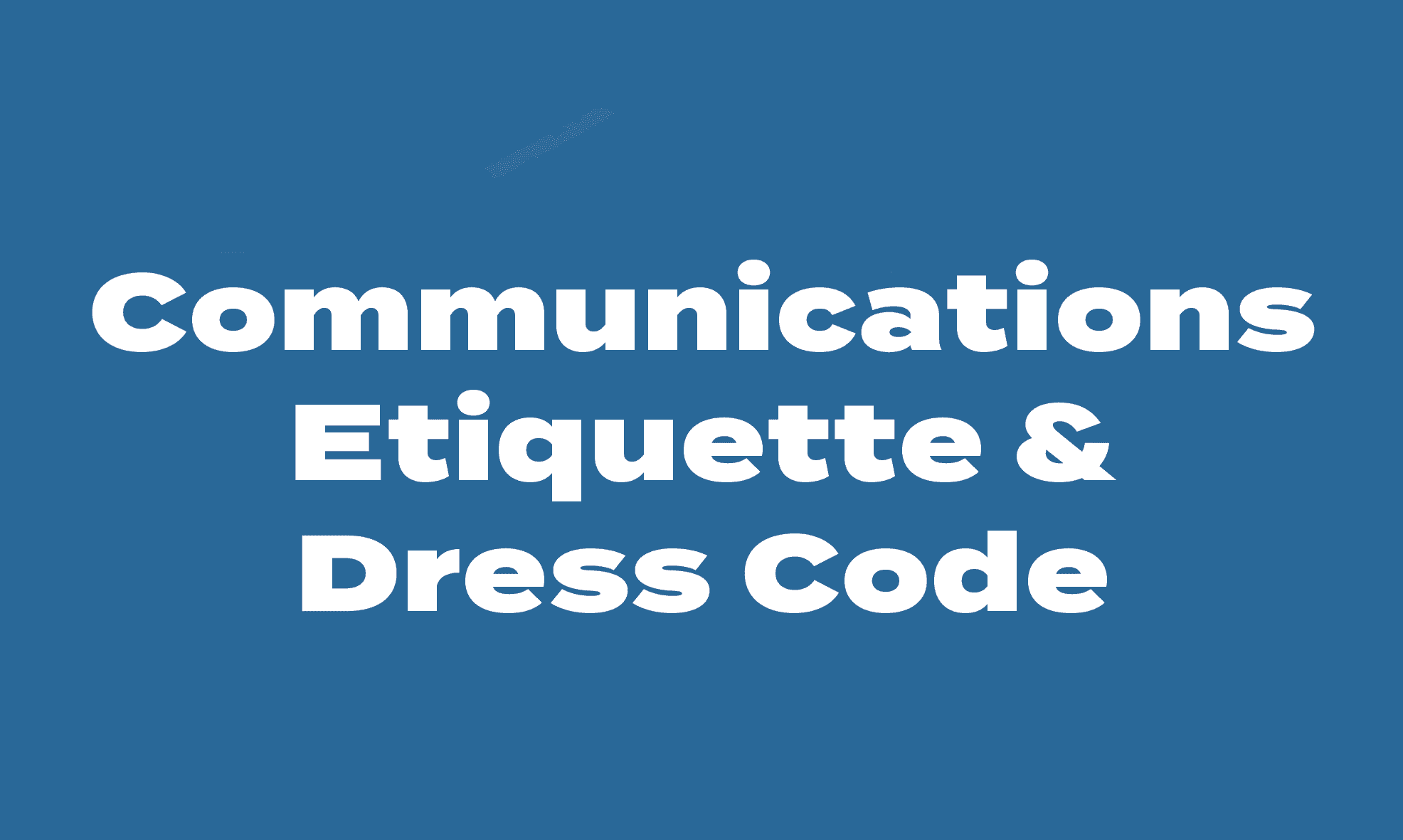
Email Etiquette
Key points:
- Use a clear subject line relevant to what is contained in the email, for example organising a meeting, follow up to a meeting providing more information or a proposal, etc.
- Always user Dear <name>, unless you know them well or have been communicating back and forth, you may use Hi <name>
- Greet the person by name, using formal titles like Dr or Professor if appropriate or your first time connecting with them.
- Be concise, but complete.
- Use a warm and respectful tone—think friendly and professional.
- Avoid slang, or overly casual language.
- Check grammar and spelling, always proofread your emails!
- Sign off with my best, your name, and ensure to include your signature block.
Phone Etiquette
Key points:
- Answer with a smile (it really comes through!), our aim is to sound helpful, calm, and confident.
- Say your name and company clearly.
- If you are calling them, always ask if you have contacted them at an okay time.
- Speak clearly and at a steady pace.
- Actively listen and take notes – always.
- Confirm actions or next steps before ending the call and always follow up with a quick email if needed to confirm what was discussed.
- If you are leaving a phone message, always say your full name and the company you are from, briefly mention the purpose of the call (for example, reaching out about their enquiry through our website for A program), and follow up with an email.
- If you miss a call, return it as soon as you can and follow up with an email acknowledging the call.
Zoom Etiquette
Key Points:
- Be early and prepared.
- Test your tech beforehand.
- Choose a quiet, well-lit space, your home office is our preference. Never take a zoom meeting from a café, or public/noisy environment.
- Use a neutral or our virtual branded background, like I am here.
- Mute when not speaking.
- Look at the camera when speaking.
- Dress appropriately – just like an in-person meeting, we want to appear professional and elevated. It’s okay for the people we’re meeting with to be in a hoodie, but not for us.
Dress Code
Key points:
- For client-facing meetings or conferences: business or business-casual attire.
- Neat, clean, and appropriate at all times.
- Avoid anything too revealing, flashy, or overly casual.
- If you’re ever unsure, aim to dress a level up—it’s always better to be slightly overdressed than underdressed.
